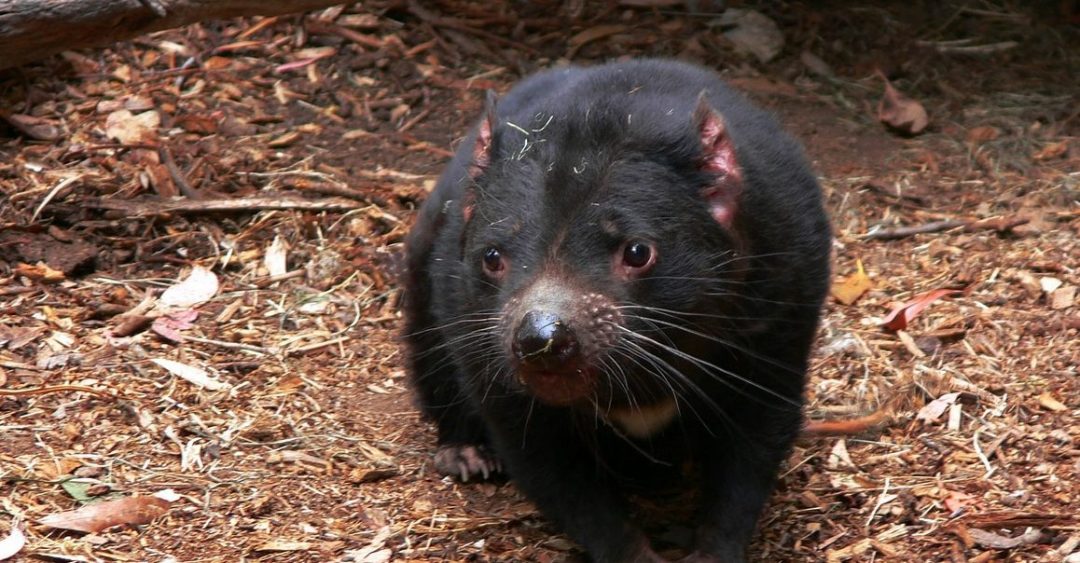Until now, only a few types of transmissible cancer have been documented. One of them, devil facial tumor disease (DFTD), poses an immense threat to the survival of the Tasmanian devil. In their review published in BioEssays, Beata Ujvari and colleagues use DFTD as an ideal model system to discuss the impact of cancer on life history traits.
Similar to pathogens and parasites, cancer cells pose a burden on the host exploiting it for resources and energy that would otherwise be allocated to maintenance, growth and/or reproduction. Therefore, there is a significant selective pressure on the host to adapt to this burden leading to an evolutionary arms race between malignant cells and their hosts.
Over the years, the Tasmanian devil seems to have developed several adaptive strategies towards DFTD. Recent studies, for example, have revealed adaptations in the devils’ immune response making the animals less susceptible to the cancer. These adaptations can be both genetic (e.g. allele frequency changes) or phenotypic (e.g., altered expression level of immunoglobulins).
Additionally, the devils show life history adaptations such as reproductive plasticity. While prior to the appearance of DFTD, devils reached sexual maturity at the age of two years there now seems to be a shift towards reaching sexual maturity at an earlier age. Furthermore, female devils with DFTD have also been shown to produce significantly more female offspring in accordance with the Trivers–Willard hypothesis.
The authors suggest that these recently observed evolutionary adaptations should be considered when devising conservation strategies for the Tasmanian devil. In addition, they propose that what we have learnt so far from this model system might be applicable to human cancer immunotherapy.

















